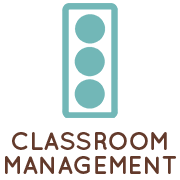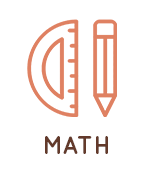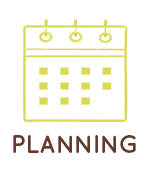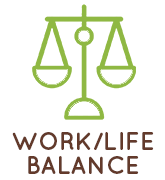
Each classroom is likely utilizing the art form of Madeline Hunter’s ITIP in some way. If you’re a new teacher, then you may not know what I’m talking about specifically – and maybe I’m showing my age. In the lesson plan format of an ITIP, teachers were required to have a modeling phase of their lesson plans, a guided practice phase, and an independent practice phase. This ensured that students were gradually being released into independent practice without reinforcing errors or misconceptions to learning. We still have this in today’s classrooms, but instead, it’s more likely referred to as the “I Do, We Do, You Do” method.

I DO
The “I Do” step is where teachers think aloud and model for students the process necessary to understand a learning concept, along with scaffolding the tasks. Larger steps are broken down into smaller and more achievable steps. Teachers explain the reasoning behind these steps, along with helping students see what they should notice and remember. Students cannot just be “told” what they need to know, as that is not effective – instead they have to “see” it.
WE DO
In the “We Do” step, teachers and students work together through the steps that the teacher modeled during the “I Do” phase. The teacher is more of a guide or a coach to help students try to do it independently, but also there as a “safety net.” Students will need more than one attempt at practicing with the teacher during this phase. Do not expect students to be ready for the independent “You Do” phase immediately.
YOU DO
Once students have demonstrated understanding and can independently complete the task, they are moved into the last phase, “You Do.” During this phase, students practice the concept or skill repeatedly until it is mastered with automaticity. While the teacher is still available as needed during this phase, it is often the phase of just repeated practice and even assessment.
In each of these phases of I Do, We Do, You Do, the teacher should be checking for understanding and verifying that students are completing the task correctly so that misconceptions and errors are not being reinforced. Each student moves at their own pace, so some students may be in the “You Do” phase, while others are still in the “We Do” phase.
It is strongly recommended that all lessons – including small remedial group lessons – include all three I Do, We Do, You Do phases for students to achieve complete understanding and success.
















2 Responses
Hello. I was wondering. I am a second year teacher and our lesson plans keep getting changed around and it’s hard to figure out what I should be doing. Would you be able to provide and example of a lesson plan that shows the I do,we do, you do steps? I teach third and all subjects and would just like a different perspective of how others write their lesson plans!
Hi Carrie! I’m going to send you an email! Be on the lookout for it! 🙂